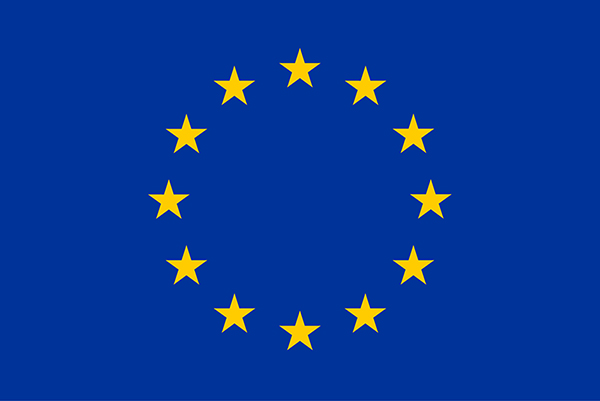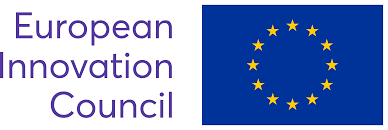PREPLEX
An algorithm to automate the balancing of supply-demand and optimize the management of resources in the outpatient department of a hospital.

The ‘Hospital Universitario del Sureste’, is a public hospital within the Autonomous Community of Madrid in Spain that provides primary and secondary care for around 200.000 people. Its sphere of influence covers both big towns and small rural areas. The whole region has suffered a massive increase in population in recent years (the projected number was around 170.000 by 2025 when the hospital was built) so the resources are always strained.
The Hospital Information System (HIS) currently used is Selene, a solution developed by CompuGroup Medical. Everything related to management of supply and demand in the outpatient department is stored within this system, so only one data source is needed for the purpose of solving the challenge.
Our organization has a strong data engineering department with direct access to the system’s database and sound knowledge of the data models so access to the information should not be a problem.
As in many other healthcare organizations around Europe, the demand in our outpatient department is structured around a system of waiting lists implemented using slots to help manage the available resources. This is how it works:
• The hospital has resources (like ultrasound scanners).
• Each resource has a schedule composed of slots.
• Every slot is predefined to accommodate only certain healthcare services (like abdominal echography) and priorities (urgent, preferential and normal).
• Physicians make service requests for an available slot against the resources.
• Each service request includes parameters like the requested healthcare service, priority and indication date.
• Once the service request has been processed, an appointment is created occupying a slot.
It is very important to stress that these schedules and slots are predefined for a certain period of time before any appointment is even admitted. The reason behind this is that we are not talking about a pure first-come, first-served basis. We want to segment patients into different waiting lists, each with different waiting times as not every healthcare service and priority require the same response times.

Graphenus is a Big Data distribution platform that manages and controls the end-to-end life cycle of data, from infrastructure management and monitoring to data storage, analysis, and governance.
Graphenus is designed with a clear purpose: to provide maximum security and flexibility to address any data processing need. It enables the reliable collection of information from various sources to perform complex analytics in batch or streaming, ensure the persistence of data models, and develop machine learning models. Additionally, the platform offers pre-built and secured solutions for companies and public administrations, making it easily deployable, scalable, and versionable to meet specific needs.
Graphenus focuses on developing, training, and validating an algorithm to support clinicians and administrative staff in scheduling medical services by presenting the most efficient options. This is achieved through demand forecasting, consideration of service catalog constraints, and the prioritization of various medical appointment types based on waiting times and priorities.
The algorithm addresses the two main causes of scheduling bottlenecks:
1. Predicting the expected number of patients requiring medical services in the coming months.
2. Providing optimal resource scheduling proposals based on estimated demand and available resources.
The Graphenus solution integrates seamlessly with the current Selene system rather than replacing it. It also enables low-cost, frequent simulations to improve scheduling efficiency. The pilot focuses on three medical specialties: Dermatology, ENT, and Radiology, which include time constraints based on surgical activity and allow testing of the algorithm when linking two health services.






